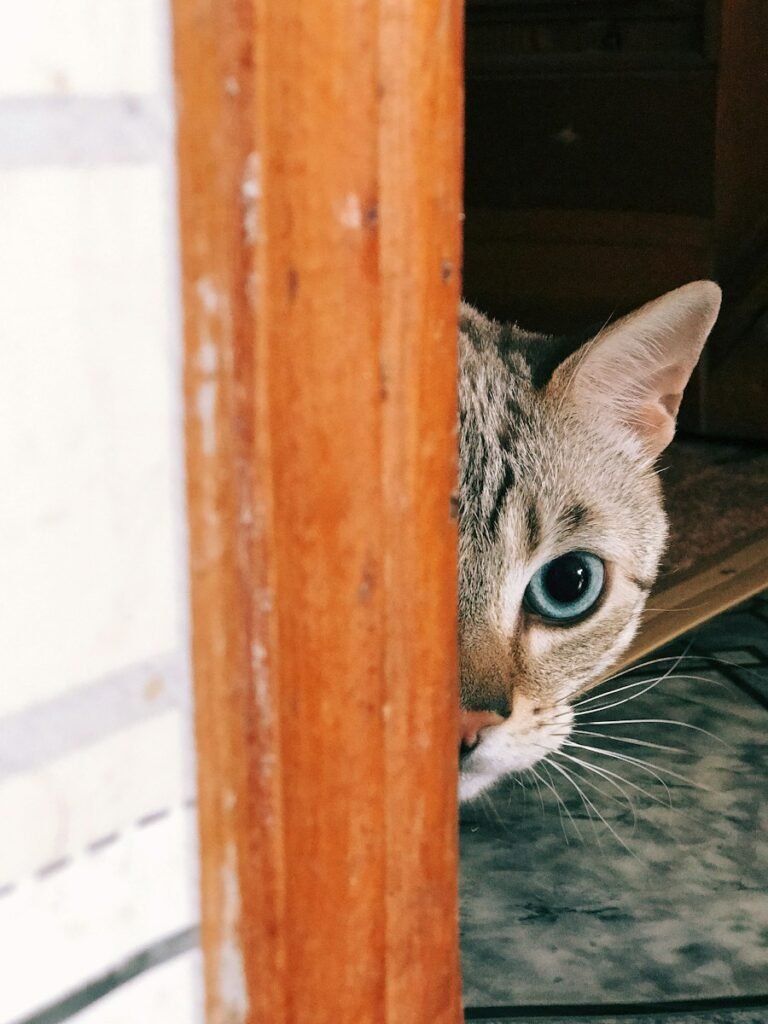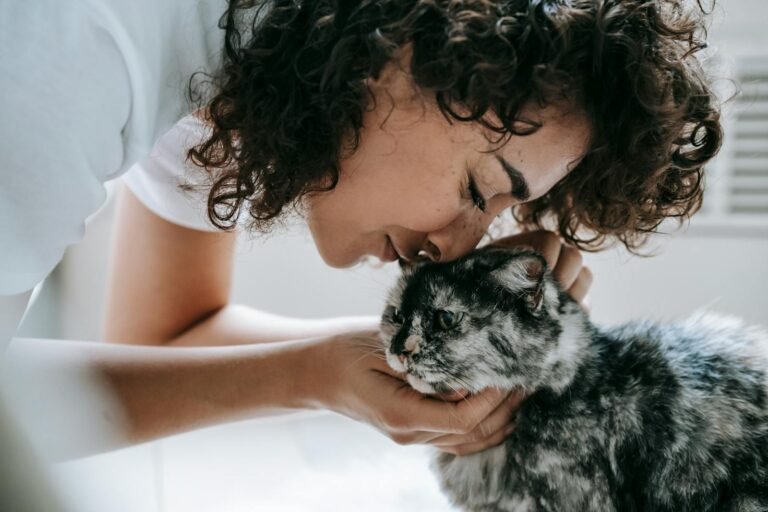Inside Cats and Outside Cats
Cats can be either outdoor or indoor pets. Pet owners themselves must decide whether or not they want their cats to be outdoor or indoor animals. Many countries actually ban people from allowing cats to be outdoor animals, especially if the cats are declawed and defenseless in the wild. In the United States, however, the decision is up to the pet owner. There are several things to consider when making a decision. Below, a few pros and cons of these topics are discussed.
If the only issue were the life expectancy of a cat, then keeping cats indoors would win hands down. It is proven that an indoor cat has an average life expectancy of about fourteen years, while outdoor cats have an average life expectancy of about four years. There are a number of factors that affect this. For instance, an outdoor cat is more susceptible to picking up life-threatening illnesses. Outdoor cats are predisposed to abscesses, from bite wounds from fights, which if untreated, can lead to infections and complications. In addition, an outdoor cat could pick up feline AIDS, rabies, and feline leukemia. These diseases are transmitted from cat to cat, and some can result in death.
Outdoor cats are in danger of being run down by cars, attacked by predators and abused by humans, as well as, being subjected to inclement weather. All of these conditions can shorten a cat’s life. Also, outdoor cats add to the cat population problem that results in so many cats being put down each year.
An indoor cat is like a part of the family. It is kept warm and safe in the house and receives medical attention that helps to treat ailments and increase life spans. Cats are independent creatures that can tolerate being alone for long periods, while family members are busy with their daily lives. They are not available to predators and are safe from diseases transmitted from cat to cat. Also, since they do not roam on streets, they are free from possible death by being run over.
The believers of the theory that cats belong outdoors believe cats belong in their natural environment. They also feel cats confined indoors are not given the opportunity to chase prey, exercise or have freedom to roam their environment. The indoor cat believers feel cats can get enough exercise through interactive play with their owners, and do not need to chase prey as they kill for fun, not food. These people also believe a cat’s natural environment is in the house, since the cat has been domesticated for thousands of years now.

It is believed by many that an indoor cat becomes bored and depressed. But, by showing your cat attention and providing stimulating toys, hiding treats, or providing a companion pet, you can keep your cat occupied. The fact is, by keeping your cat indoors, not only can it increase your cat’s life, protect its health and keep it safe, but it can also become a happy member of your family.
Cats can be either outdoor or indoor pets. Pet owners themselves must decide whether or not they want their cats to be outdoor or indoor animals. Many countries actually ban people from allowing cats to be outdoor animals, especially if the cats are declawed and defenseless in the wild. In the United States, however, the decision is up to the pet owner. There are several things to consider when making a decision. Below, a few pros and cons of these topics are discussed.
If the only issue were the life expectancy of a cat, then keeping cats indoors would win hands down. It is proven that an indoor cat has an average life expectancy of about fourteen years, while outdoor cats have an average life expectancy of about four years. There are a number of factors that affect this. For instance, an outdoor cat is more susceptible to picking up life-threatening illnesses. Outdoor cats are predisposed to abscesses, from bite wounds from fights, which if untreated, can lead to infections and complications. In addition, an outdoor cat could pick up feline AIDS, rabies, and feline leukemia. These diseases are transmitted from cat to cat, and some can result in death.
Outdoor cats are in danger of being run down by cars, attacked by predators and abused by humans, as well as, being subjected to inclement weather. All of these conditions can shorten a cat’s life. Also, outdoor cats add to the cat population problem that results in so many cats being put down each year.
An indoor cat is like a part of the family. It is kept warm and safe in the house and receives medical attention that helps to treat ailments and increase life spans. Cats are independent creatures that can tolerate being alone for long periods, while family members are busy with their daily lives. They are not available to predators and are safe from diseases transmitted from cat to cat. Also, since they do not roam on streets, they are free from possible death by being run over.
The believers of the theory that cats belong outdoors believe cats belong in their natural environment. They also feel cats confined indoors are not given the opportunity to chase prey, exercise or have freedom to roam their environment. The indoor cat believers feel cats can get enough exercise through interactive play with their owners, and do not need to chase prey as they kill for fun, not food. These people also believe a cat’s natural environment is in the house, since the cat has been domesticated for thousands of years now.
It is believed by many that an indoor cat becomes bored and depressed. But, by showing your cat attention and providing stimulating toys, hiding treats, or providing a companion pet, you can keep your cat occupied. The fact is, by keeping your cat indoors, not only can it increase your cat’s life, protect its health and keep it safe, but it can also become a happy member of your family.












